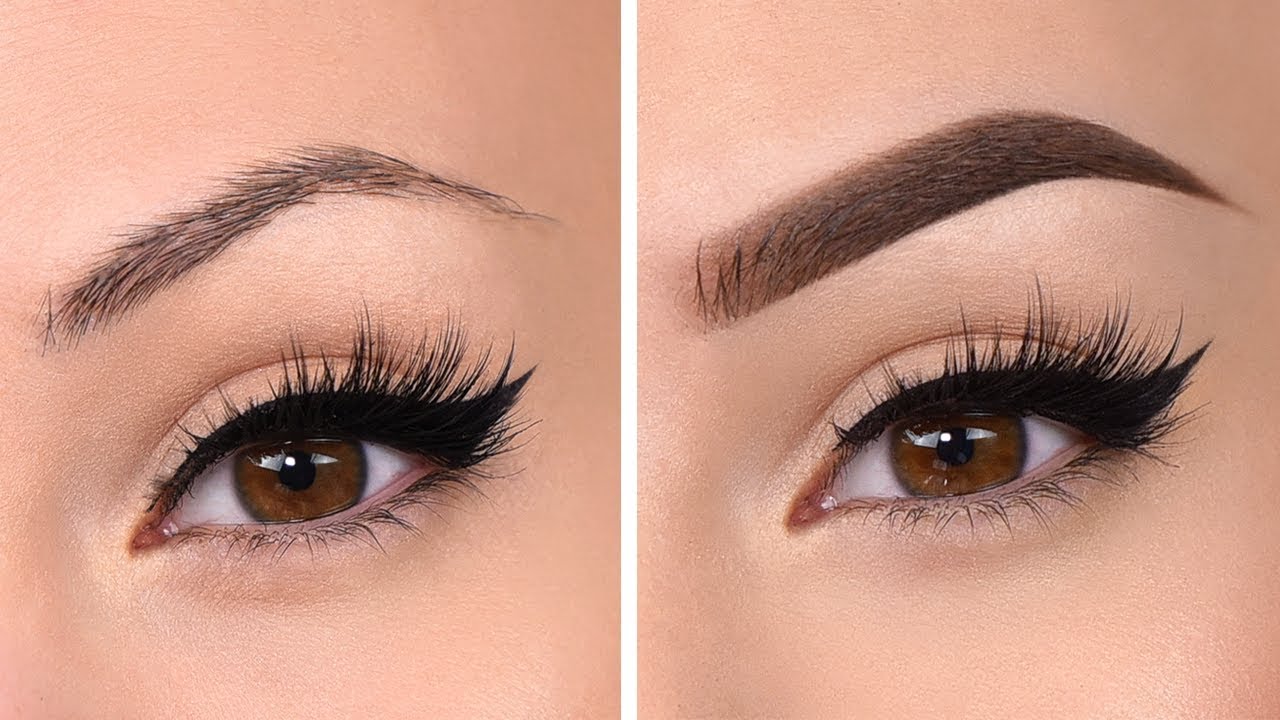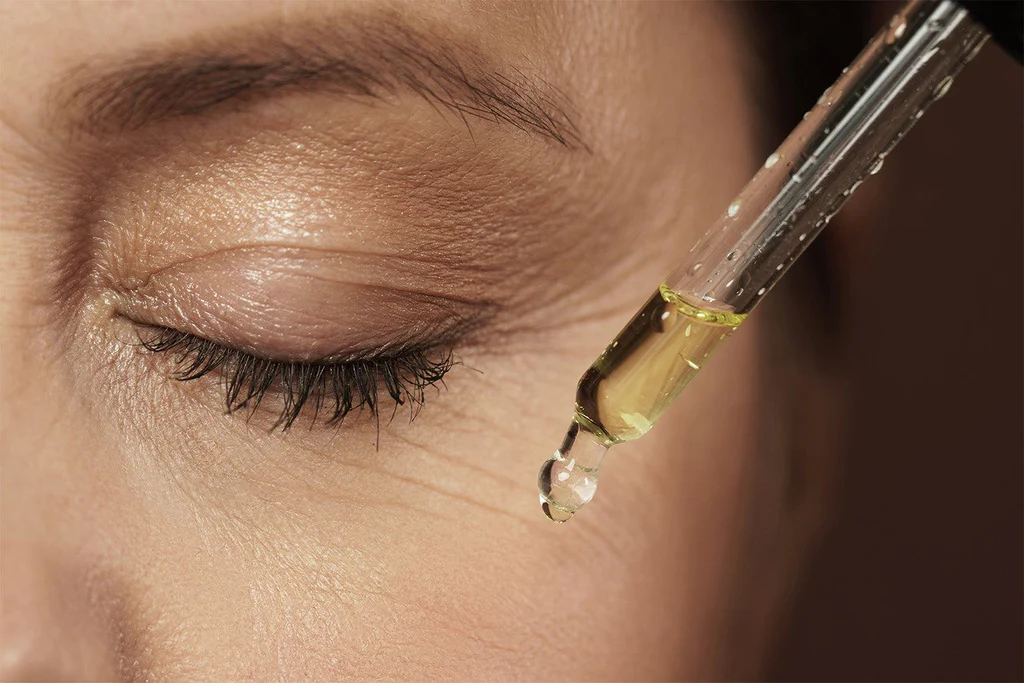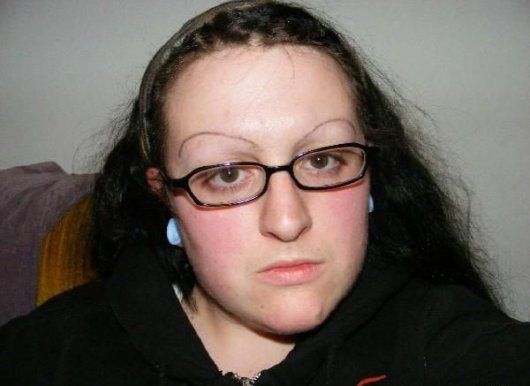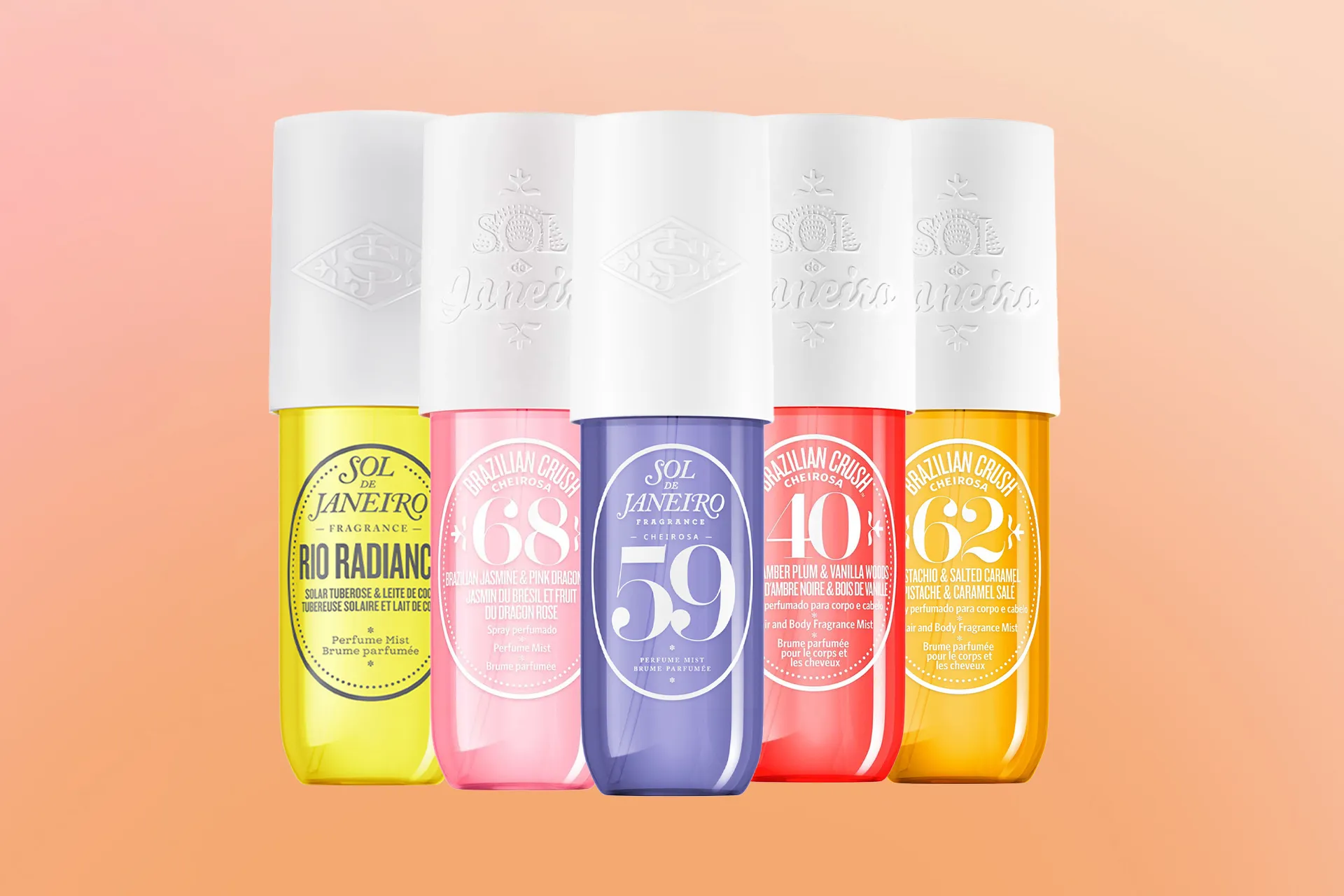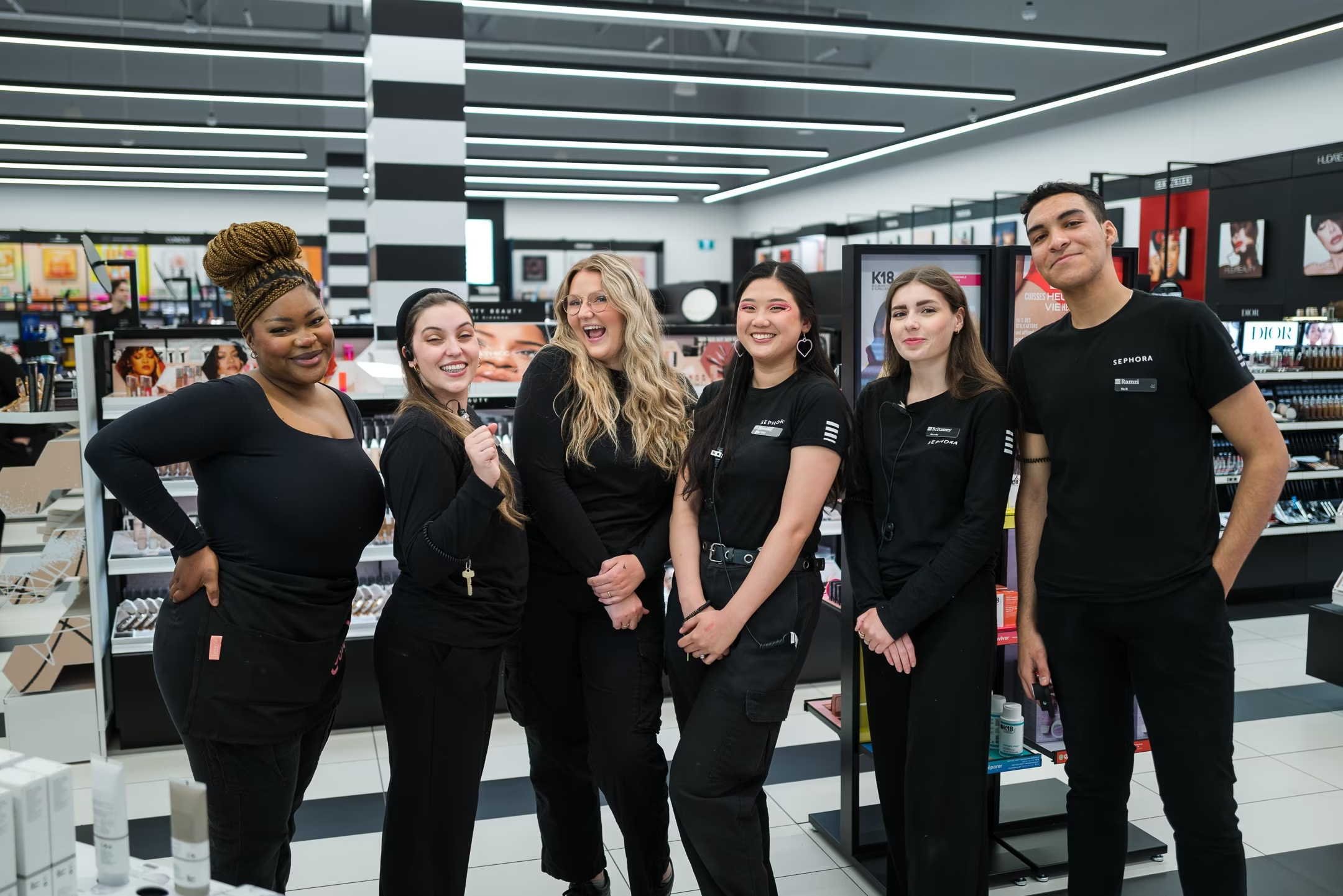
 By
Your Beauty Plug
By
Your Beauty Plug
Eyebrows are an important feature of our face, as they help frame our eyes and express our emotions. However, some people may find their eyebrows growing too fast, too long, or too thick, and may want to stop or slow down their growth. In this blog post, we will explore some of the possible causes of eyebrow hair growth, and some of the methods that can help you achieve your desired eyebrow shape and size.
Eyebrow hair growth is influenced by several factors, such as genetics, nutrition, hormones, and medical conditions. Some of the common causes of eyebrow hair growth are:
Depending on the cause and the extent of your eyebrow hair growth, there are different methods that can help you stop or reduce it. Some of the methods are:
Here are some of the frequently asked questions about eyebrow hair growth, and their answers.
Eyebrow hair growth is a natural and normal process, that can vary from person to person, depending on various factors. However, some people may want to stop or reduce their eyebrow hair growth, for aesthetic or personal reasons. There are different methods that can help you achieve your desired eyebrow shape and size, but they all have their pros and cons, and may not work for everyone. Therefore, it is important to choose the method that suits your needs, preferences, and budget, and to consult a professional, if you have any doubts or concerns.

